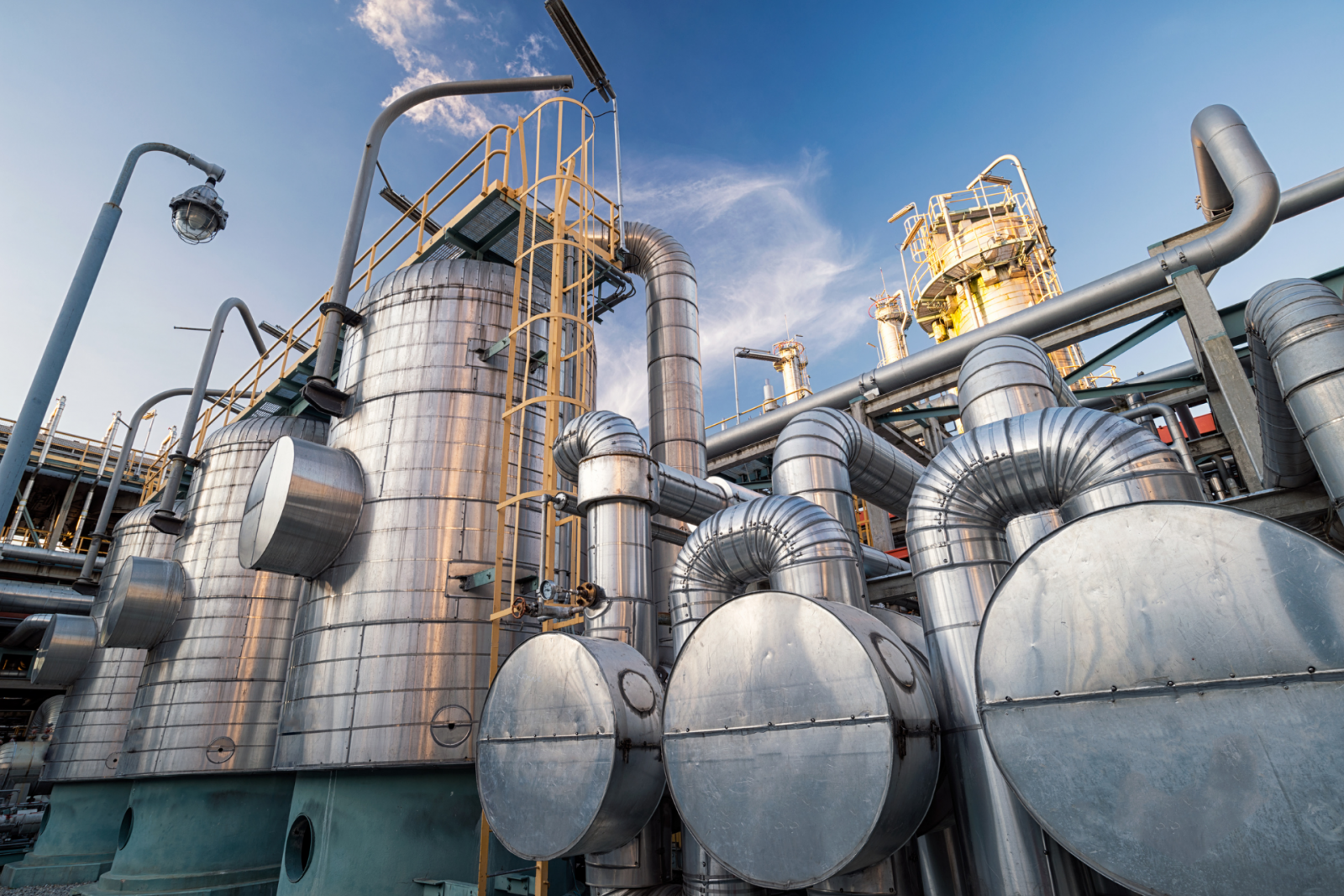
We, as institutional investors (Nordea Asset Management, OFI Asset Management and Trusteam Finance) leading the engagement with Air Liquide as part of the Climate Action 100+ (CA100+) initiative, are pleased to see the significant steps taken by the company in the last months.
In its answers to our questions in the latest AGM[1], Air Liquide has:
- Announced that its Net Zero ambition covers Scope 1, 2 and 3[2] carbon emissions and further explained where the main category of Scope 3 carbon emissions stem from. The company has also elaborated on the strategy it should undertake to embark on a carbon neutral pathway, under the IIPCC scenario (cf. Indicator 1 of the Climate Action 100+ Net Zero Company Benchmark). Previously, the company has only communicated on Scope 1 and 2 carbon emissions.
- Clarified parts of its decarbonisation pathway (cf. Indicator 5 of the Climate Action 100+ Net Zero Company Benchmark).[3]
- Explicitly committed to align its capital expenditure plans with its long-term GHG reduction target, aligned with the Paris Agreement’s objective of limiting global warming to 1.5° Celsius and to phase out investments in unabated carbon intensive assets or products (cf. Indicator 6 of the Climate Action 100+ Net Zero Company Benchmark).[4]
- Committed to a Paris Agreement-aligned climate lobbying position and to align all of its direct lobbying activities. The company will conduct and publish a review of its trade associations’ climate positions alignment with the Paris Agreement (cf. Indicator 7 of the Climate Action 100+ Net Zero Company Benchmark ).[5]
- Provided further explanation and assurance on Paris-aligned accounting and audit on the potential impacts of climate risk (Additional NZ CA100+ criteria).[6]
Read the full statement here.
[1] https://www.airliquide.com/sites/airliquide.com/files/2022-05/replies-to-questions-asked-prior-to-the-2022-agm.pdf
[2] “ambition to reach carbon neutrality by 2050 […] This carbon neutrality ambition must be understood as applying throughout the whole of Air Liquide’s value chain, and therefore cover not only direct Group emissions (“Scope 1”), but also indirect emissions relating to energy supplies (“Scope 2”) and the main items of indirect emissions covered by “Scope 3.” (Page 3)
“2021 emissions reported in Scope 3 category 11 “use of sold products” correspond to 9.2 MtCO2e, i.e. ~40% of Scope 3 emissions and ~15% of cumulative Scope 1+2+3 emissions comes from less then 5% of the group revenues,” (Page 3 / 2)
“Over 80% of the CO2 sold by the Group comes from sources where the CO2 is a by-product of an existing process and would therefore have been released to the atmosphere.” (Page 4)
[3] “Achieving our carbon neutrality objective in 2050 will require the use of carbon-free raw materials.” which are Carbone Free electricity and H2 by electrolysis (Page 4)
[4] “Air Liquide has nevertheless developed its climate objectives based on various studies, including those of the IPCC (specifically including the special report on 1.5°) and those of the International Energy Agency, whose Net Zero report published in May 2021 highlights similar drivers, and a similar trajectory for heavy industry, to those in our plan” (Page 1)
“Air Liquide announced its ambition to reach carbon neutrality by 2050, in order to help reach carbon neutrality on a global scale, which is the objective stated by the IPCC in order to make it possible to keep the rise in temperatures under 1.5°C at the end of the 21 st century.” (Page 3)
“According to Air Liquide’s business model, business growth requires investment in new production units. Consequently, the achievement of our decarbonization objectives will necessarily involve aligning our investment plans with this trajectory.” (Page 5)
“This management thus ensures that all new investments are in line with the Group’s carbon neutrality trajectory and in line with the shorter-term objectives, and it excludes any projects that are not in line with the trajectory.” (Page 5)
“Moreover, the Group’s investment projects are evaluated and selected considering their contribution to the Group CO2 emissions trajectory, the objective being carbon neutrality in 2050 in line with the Paris Agreements.” (Page 7)
[5] “all lobbying activities are in line with the Group’s strategy which is committing to carbon neutrality.” [….] “we are carrying out for the main trade association where we are active.” (Page 5 / 6)
[6] “An increase in the price of CO2 above €100 per tonne is consistent with an acceleration of the decarbonization of assets invested in by Air Liquide for its customers. Since the cost of CO2 is contractually passed through to the customer, the customer must choose between paying the carbon tax or being supplied with decarbonized gas. Consequently, the higher the price of CO2 , the more attractive it is for the customer to accept a higher gas price, thus enabling Air Liquide to invest in a CO2 capture unit (on an existing production unit) or to invest in a new low-carbon technology gas production unit. We consider that, in the industrial phase, the price of CO2 capture on existing assets will be less than €100 per tonne. Accordingly, a very high CO2 price, in line with the Paris Agreements, does not in fact increase the risk for Group assets but, on the contrary, reduces it.” (Page 7)